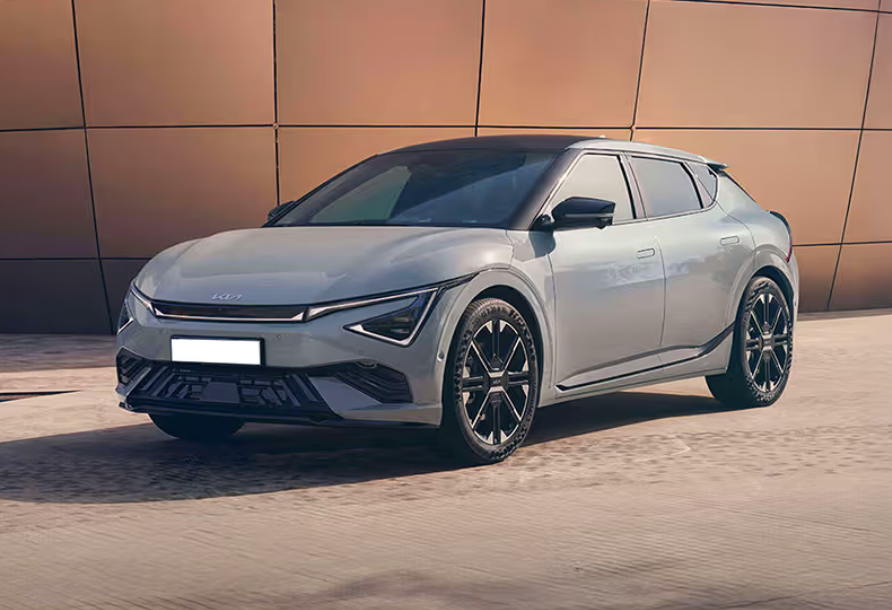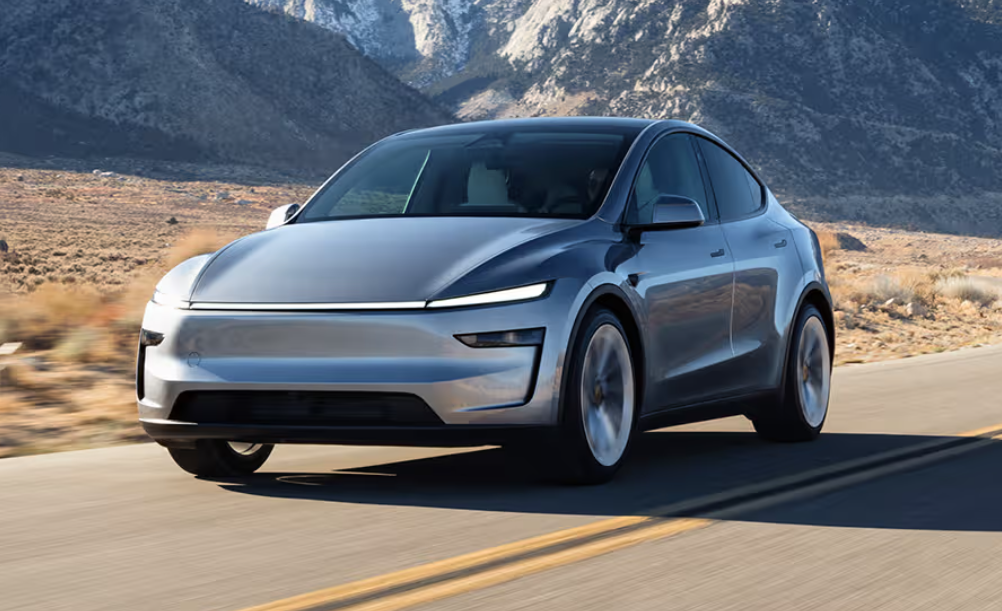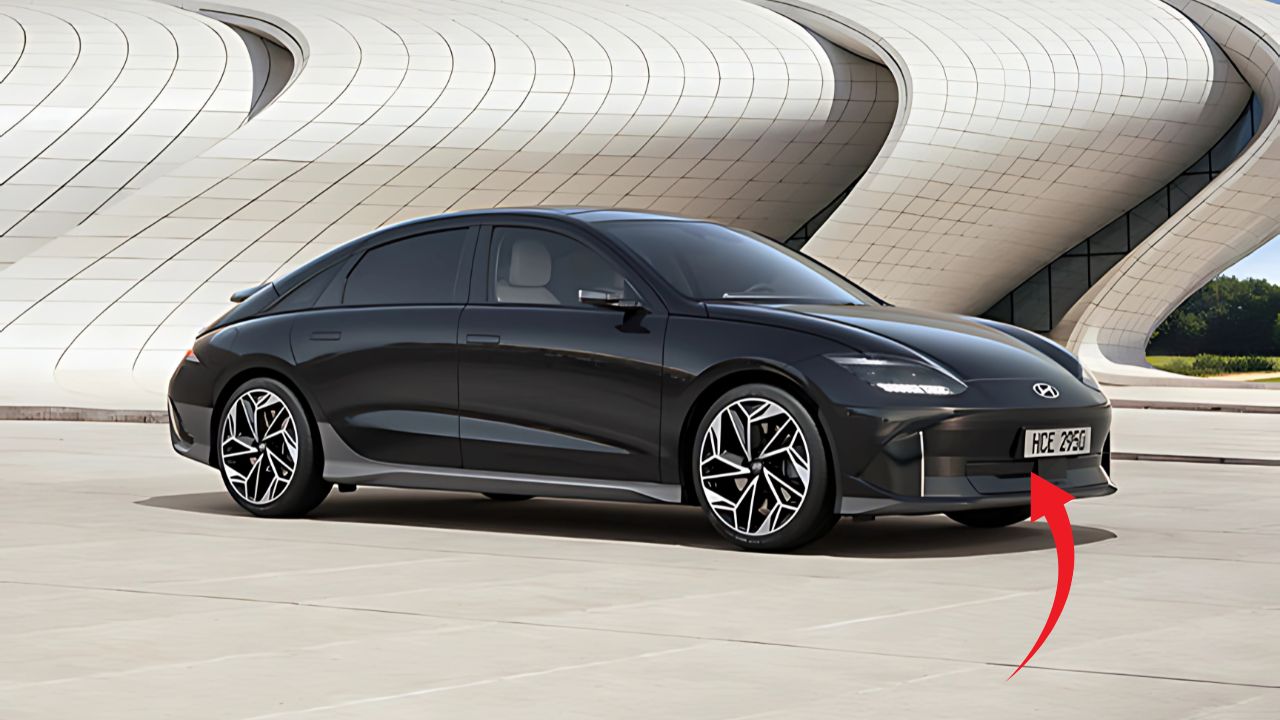Australia’s Top Electric Cars for 2025: The electric vehicle revolution has well and truly arrived on Australian shores, and 2025 is shaping up to be the most exciting year yet for eco-conscious drivers.
Gone are the days when choosing an electric vehicle meant compromising on performance, range, or affordability. Today’s electric rides offer compelling alternatives to traditional petrol vehicles, delivering impressive technology, reduced environmental impact, and surprisingly competitive pricing.
Australia’s EV landscape has transformed dramatically over the past few years. What started as a niche market dominated by early Tesla adopters has evolved into a diverse ecosystem featuring everything from budget-friendly city runabouts to luxury performance machines.
The introduction of the New Vehicle Efficiency Standard has further accelerated this shift, encouraging manufacturers to bring their best electric offerings to Australian dealerships.
The Budget Champions: Affordable Excellence

The most remarkable development in Australia’s EV market has been the emergence of genuinely affordable electric vehicles that don’t sacrifice quality or features.
Leading this charge is the MG4, which continues to impress with its combination of practicality and value. Starting from around $38,000, this compact hatch offers a real-world range of approximately 350 kilometres and comes packed with features that would cost thousands extra in conventional vehicles.
The BYD Dolphin has also carved out a significant niche in the affordable segment. This stylish hatchback brings Chinese engineering excellence to Australian roads, offering impressive build quality and a surprisingly premium interior. With its distinctive design and competitive pricing, the Dolphin has attracted buyers who want something different from the typical European or Japanese offerings.
Another standout in the budget category is the GWM Ora, which has been making waves with its retro-inspired design and modern underpinnings. Despite its playful appearance, the Ora delivers serious EV credentials with decent range and a comprehensive warranty that provides peace of mind for first-time EV buyers.
What makes these budget options particularly appealing is their low running costs. With electricity significantly cheaper than petrol in most Australian states, owners can expect to save thousands annually on fuel costs alone. Add in reduced maintenance requirements – no oil changes, fewer moving parts to service – and the total cost of ownership becomes very attractive.
Mid-Range Marvels: The Sweet Spot
The mid-range segment is where things get really interesting in 2025. The Tesla Model 3 continues to set the benchmark with its latest refresh, offering improved range, enhanced build quality, and access to Tesla’s unmatched Supercharger network. While Tesla’s pricing has fluctuated over the years, the Model 3 remains one of the most compelling electric sedans available, combining cutting-edge technology with impressive performance.
However, Tesla is facing serious competition from Chinese manufacturers who are bringing increasingly sophisticated vehicles to market. The BYD Seal has emerged as a genuine alternative to the Model 3, offering comparable performance and range at a more attractive price point. The Seal’s interior quality and ride comfort have impressed Australian reviewers, while its competitive pricing makes it accessible to a broader range of buyers.
The Hyundai Ioniq 6 represents Korean engineering at its finest, featuring one of the most aerodynamic designs in the EV space. This translates to exceptional efficiency and impressive real-world range, making it ideal for Australian conditions where long-distance travel is often necessary. The Ioniq 6’s interior is particularly noteworthy, featuring sustainable materials and a minimalist design that feels both modern and welcoming.
Kia’s contribution to this segment comes in the form of the EV6, which continues to turn heads with its distinctive styling and impressive charging capabilities. The EV6’s 800-volt architecture enables some of the fastest DC charging available, making it practical for long-distance travel across Australia’s vast distances.
SUV Supremacy: Electric Family Haulers
Australian families have embraced SUVs, and the electric versions are proving just as popular. The Tesla Model Y remains the segment leader, offering the practicality families need with the efficiency they want. Its combination of space, performance, and technology has made it a favourite among Australian families making the switch to electric.
The BYD Atto 3 has established itself as a serious alternative to the Model Y, offering comparable space and features at a more accessible price point. Its quirky interior design and solid build quality have won over many Australian buyers who appreciate something different from the Tesla monoculture.
Looking ahead, the Kia EV9 represents the future of large electric SUVs. This three-row behemoth offers genuine seven-seat capability while maintaining impressive efficiency for its size. The EV9’s interior is particularly impressive, featuring sustainable materials and a design that prioritises comfort for all occupants.
The Hyundai Ioniq 9 is set to arrive in the latter half of 2025, bringing similar three-row capability with Hyundai’s excellent build quality and comprehensive warranty coverage. These larger SUVs demonstrate that families don’t need to compromise on space or capability when choosing electric.
Luxury and Performance: Premium Electric Excellence

At the premium end of the market, electric vehicles are pushing the boundaries of what’s possible in terms of performance and luxury. The Mercedes EQS continues to set the standard for electric luxury, offering S-Class comfort with impressive range and cutting-edge technology. Its nearly silent operation and sumptuous interior make it the perfect vehicle for executives and luxury car enthusiasts.
BMW’s electric offerings, including the iX and i4, bring the brand’s legendary driving dynamics to the electric age. The iX, in particular, offers a compelling combination of luxury, technology, and practical range that makes it suitable for Australia’s diverse driving conditions.
The Genesis GV70 Electrified represents Korean luxury at its finest, offering a more affordable entry point into the premium electric SUV market. Its combination of luxury features, impressive build quality, and competitive pricing has made it an attractive alternative to established European brands.
For those seeking ultimate performance, the Tesla Model S Plaid remains in a class of its own, offering supercar acceleration in a practical sedan package. While its price puts it out of reach for most buyers, it demonstrates the incredible potential of electric powertrains.
Exciting Arrivals: What’s Coming in 2025
The second half of 2025 promises to bring even more exciting options to Australian showrooms. The Kia EV3 is generating significant interest as a compact SUV that promises long range and keen pricing. With an expected starting price around $50,000, the EV3 could become one of the most popular electric SUVs in Australia.
The Hyundai Inster represents something unique in the Australian market – a genuinely small electric SUV with impressive range for its size. Expected to be priced in the mid-$30,000 range, the Inster could become Australia’s most affordable new electric vehicle.
Chinese brands continue to expand their presence, with Geely preparing to launch in Australia with the EX5 SUV. Priced below $50,000, the EX5 promises to offer serious competition to established players in the mid-size SUV segment.
The Audi Q4 e-tron will finally arrive in early 2025, bringing Audi’s premium build quality and design to the electric SUV market. Priced just under the luxury car tax threshold, it could prove popular with fleet buyers and luxury car enthusiasts alike.
Charging Infrastructure: The Foundation of Success
Australia’s charging infrastructure has improved dramatically, though challenges remain. Tesla’s Supercharger network continues to set the standard for reliability and speed, with the company gradually opening access to other brands. This development is crucial for making electric vehicles practical for all Australians, regardless of their vehicle choice.
The government’s commitment to improving public charging infrastructure is beginning to show results, with new fast-charging stations appearing along major highways and in regional centres. This expansion is essential for addressing range anxiety and making electric vehicles viable for long-distance travel.
Home charging remains the preferred option for most EV owners, and the technology continues to improve. Smart charging systems can now integrate with home solar panels and battery storage, allowing owners to maximise their use of renewable energy and minimise charging costs.
The Economics of Electric: More Than Just Fuel Savings
The financial case for electric vehicles in Australia has never been stronger. Beyond the obvious fuel savings, EV owners benefit from reduced maintenance costs, various government incentives, and increasingly favourable depreciation patterns. Many fleet operators are finding that electric vehicles offer lower total cost of ownership than their petrol equivalents.
The introduction of fringe benefits tax exemptions for electric vehicles has made them particularly attractive to salary packaging arrangements. This has led to increased adoption in the corporate sector, which often drives broader market acceptance.
Insurance costs for electric vehicles have also become more competitive as insurers gain experience with EV repairs and parts availability improves. While some EVs still carry premium insurance costs, the gap is narrowing as the technology becomes mainstream.
Environmental Impact: Beyond Zero Emissions
The environmental benefits of electric vehicles extend far beyond their zero tailpipe emissions. Australia’s electricity grid is becoming increasingly renewable, meaning that EVs become cleaner as the grid decarbonises. Studies suggest that even when charged from a coal-heavy grid, most electric vehicles produce fewer lifecycle emissions than comparable petrol vehicles.
The ability to charge EVs from rooftop solar makes them particularly attractive in Australia’s sunny climate. Many EV owners report achieving true zero-emission driving by combining solar panels with home battery storage, creating a completely sustainable transport solution.
Battery recycling is becoming increasingly sophisticated, with manufacturers developing closed-loop systems that can recover and reuse the valuable materials in EV batteries. This addresses one of the key environmental concerns about electric vehicles and ensures that their environmental benefits continue throughout their lifecycle.
Looking Forward: The Electric Future
Australia’s electric vehicle market is at a tipping point. The combination of improving technology, expanding model choice, falling prices, and developing infrastructure is creating conditions for rapid growth. Industry experts predict that 2025 could be the year when electric vehicles move from early adopter territory to mainstream acceptance.
The diversity of options now available means there’s likely an electric vehicle to suit almost any Australian driver’s needs and budget. From compact city cars to large family SUVs, from budget-conscious options to luxury performance machines, the electric vehicle market has matured rapidly.
Government policy will continue to play a crucial role in this transition. The New Vehicle Efficiency Standard is expected to accelerate the introduction of new models and drive down prices as manufacturers compete for market share. State-level incentives and infrastructure investments will also influence adoption rates.
The Electric Advantage
As we progress through 2025, the case for electric vehicles in Australia becomes increasingly compelling. The latest models offer impressive range, competitive pricing, and features that often exceed their petrol counterparts. With charging infrastructure continuing to expand and electricity remaining cheaper than petrol, the practical advantages of electric vehicles are becoming undeniable.
For Australian drivers considering the switch to electric, there has never been a better time to make the move. The combination of environmental benefits, economic advantages, and an ever-expanding range of excellent vehicles makes 2025 the year of electric opportunity. Whether you’re after an affordable runabout, a practical family hauler, or a luxury performance machine, Australia’s electric vehicle market has something exceptional to offer.
The revolution is no longer coming – it’s here, and it’s driving Australian roads with quiet efficiency and zero local emissions. The only question remaining is which of these excellent electric rides will earn a place in your driveway.

